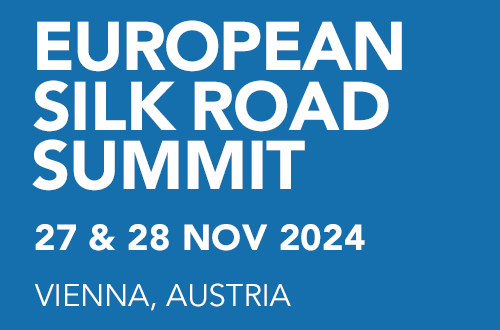Session II – New destinations
The strength of the New Silk Road lies in the fact that traffic is flexible and can take place via different routes. 2021 has been the highlight year for non-conventional routes like the Middle Corridor, the Southern Route and the Balkan route, which also has a maritime leg. What possibilities do they bring to the table? The following speakers are part of this session:
 Silk Road – what is the potential for the Nordics and Scandinavia?
Silk Road – what is the potential for the Nordics and Scandinavia?Ole A. Hagen will focus in this presentation on the potential for new and improved logistics solution for Nordic/Scandinavian countries and markets, including new rail/short sea offering. However, there is a potential for building logistics solutions for exports as well, not only to Russia/China/Japan but also South East Asia and India.
 Middle/southern corridor – status and perspectives
Middle/southern corridor – status and perspectivesThe middle and southern Silk Road corridors are still in nascent stages in terms of market and service. Scheduled trains services are limited, and active players still scarce, But the middle and southern corridors have a natural catchment area. In a recent study for UIC, Roland Berger calculated a potential of almost 400,000 TEU in 2030. Realizing this potential requires joint efforts from all players, e.g., improving awareness among shippers and logistics providers, enhancement of train frequencies and service levels, harmonization and digitalization of customs procedures, continuous investments in rail infrastructure.
 Panel discussion: New routes and destinations
Panel discussion: New routes and destinations
PANELLIST WILL BE COMMUNICATED SHORTLY
Experts in the field will discuss the opportunities and challenges the new destinations bring to the New Silk Road.
More speakers will be added shortly.
